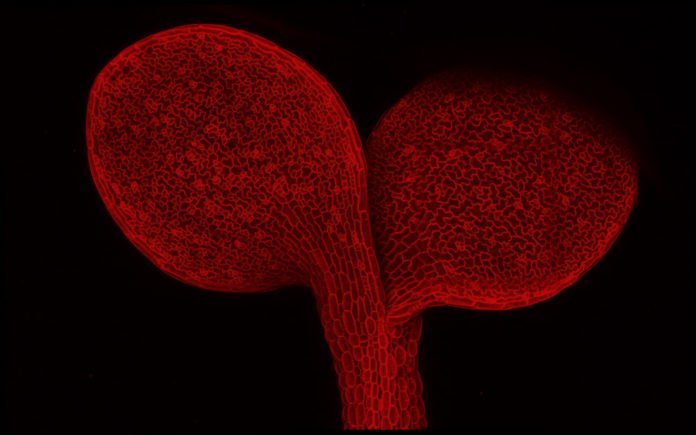As the world warms up, plants face a predicament – the same small gaps they need to open to exchange gases additionally let out water. They can close the openings, called stomata, to remain hydrated in more hot, drier conditions in any case, in doing as such, may pass up basic carbon dioxide.
The inquiry for the Stanford University is how this issue will play out as expanding portions of the world’s plants experience reliably hotter, drier conditions. Making sense of that required the group to take a step back and better see how plants manage the number of stomata each leaf creates.
The results not just recommend for designing plants to withstand environmental change, but also has revealed a formerly obscure process by which plants adjust the number of stomata they build.
Scientists examined the influence of cytokinin, an important plant hormone that was long thought to influence the stomatal development and coordinate it with other processes happening throughout the plant. They then analyzed the entire genome of A. thaliana and confirmed that genes associated with cytokinin were indeed highly active in cells that were about to become stomata.
At that point, by dialing up or down the levels of this hormone in particular cells in several lab plants, the scientists discovered they could quietly change the number of stomata the plant makes.
Scientists in this way traced precisely how cytokinin works in this context. They found an activated gene called SPEECHLESS that bring cells on the way in order to become stomata. It also activated four proteins that throttled cells’ ability to respond to cytokinin.
Albeit changing cytokinin levels reliably influenced stomata, the analysts found that the impact was never exceptionally sensational – totally wiping out the proteins they recognized, for instance, just changed stomatal numbers by around 10 percent.
With this finding, the gathering was interested whether the fairly direct 10 percent expansion in stomata was significant. Poring over past research on developing plants in outrageous conditions, scientists saw tests where researchers multiplied the ordinary levels of carbon dioxide in the environment of plants and watched the impact on stomata.
It examines that included many people speaking to many species, the reaction was to diminish the number of stomata on their leaves, all things considered, by around 9 percent.
Dominique Bergmann, a professor of biology in the Stanford University School of Humanities and Sciences said, “That was a really satisfying discovery. It was great to be able to say that the changes we see in stomatal numbers when plants lose the ability to use the cytokinin-SPEECHLESS system are in the realm of how much plants normally change to cope with an environmental change.”
This technology is very promising to be able to make directed small changes to improve plants’ ability to withstand climate change.
The study is published in the journal Developmental Cell. Co-authors of the paper include Cara Soyars and Zachary Nimchuk of the University of North Carolina and Paul Tarr of Caltech and the Howard Hughes Medical Institute.
